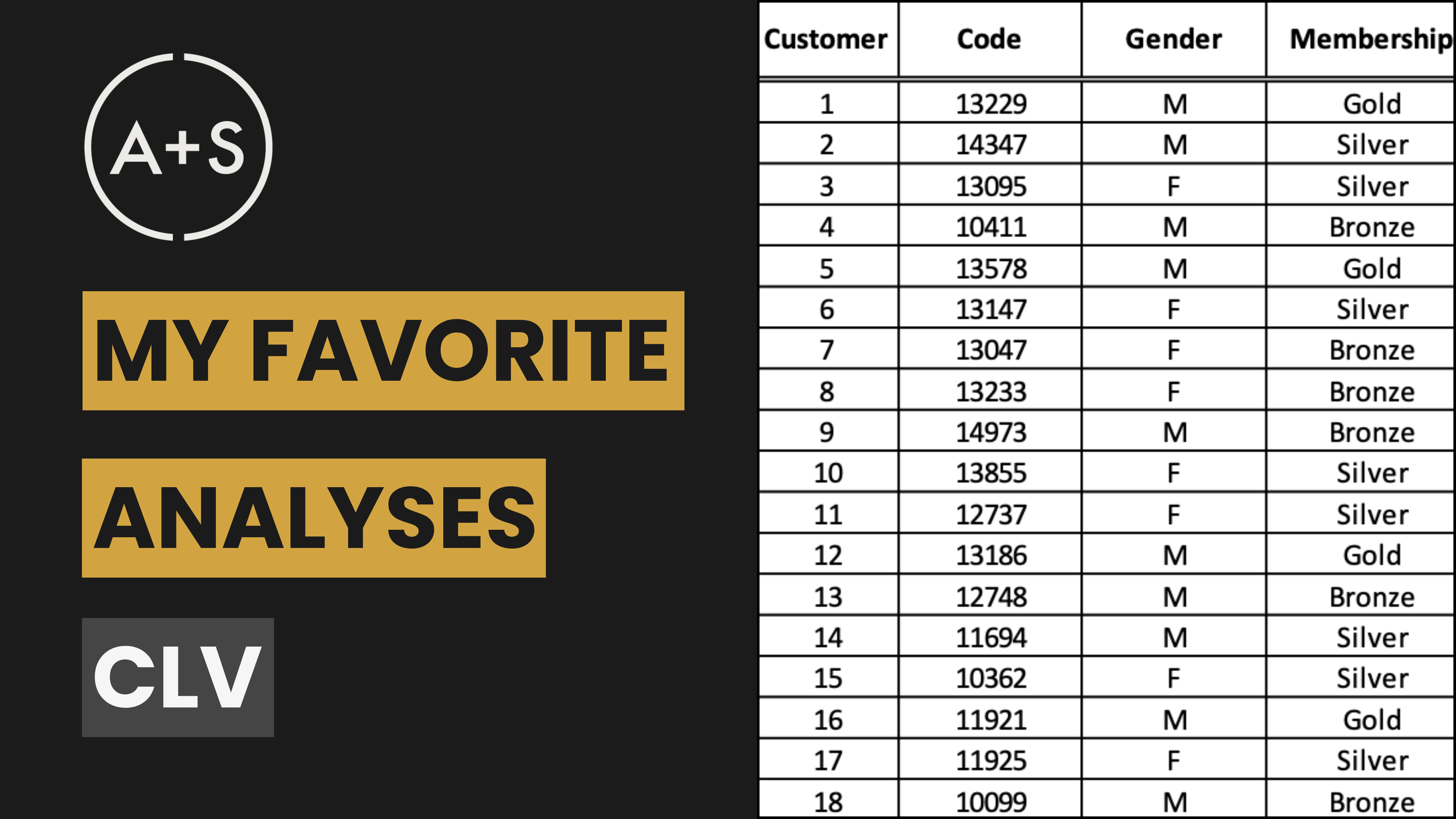Data analysts are in high demand, but how can you ensure that your application stands out in a crowd of candidates?
For those preparing to search for a data analyst job, here are my top 5 Tips to guide you. While landing a role as a data analyst can be a challenging and overwhelming journey, following the advice in this post will increase your chances of earning the role you want.
As someone who has hired countless data analysts, I am eager to share the insights that I have gained from this experience. This is a vast and multifaceted subject, so I’ll touch on the key aspects in this article. Keep an eye out for future newsletters where I will delve deeper into specific points.
(Note: You’ll find an infographic that summarizes these tips as well as links to other valuable resources near the end of this newsletter).
Tip 1: Build A Strong Personal Brand
In the competitive field of data analysis, your personal brand is crucial in standing out to potential employers. While your technical skills are important, it’s the unique characteristics and qualities you possess that truly differentiate you from other candidates.
Find Your Personal Brand Attributes: The first step in building your personal brand is identifying your core strengths, values, passions, and abilities. This is crucial because you are essentially marketing yourself as a product, and every successful product has a unique brand identity. A useful hack for this process is to analyze job descriptions for the positions you are interested in and highlight the key terms they are looking for. If these align with who you truly are, then present yourself authentically as those qualities.
Maximize Your Brand Online: To maximize your brand’s online presence, utilize platforms like LinkedIn, personal websites, and social media. LinkedIn is especially important as it is where most employers post jobs. Familiarize yourself with best practices for professional photos, summary sections, and showcasing work experience on this platform. It’s also essential to follow online branding do’s and don’ts and ensure that your profile is both engaging and professional.
Create a Solid Resume: Never underestimate the crucial role of a well-crafted resume. It is your first impression to potential employers and can make or break your chances at landing a job. Make sure to include important contact information, such as your phone number and email address, a concise summary of your professional background and goals, a comprehensive list of your skills, relevant work experience, education and any notable achievements. Utilize strong action verbs and tangible accomplishments to showcase the impact you have made in past roles. Additionally, strategically incorporate keywords from job descriptions to ensure that your resume stands out to employers
By following these tips, you will establish a strong and unique personal brand that will help you stand out from other candidates.
Tip 2: Craft A Killer Portfolio
Your portfolio is an essential tool for showcasing your skills to potential employers, so it’s important to approach it strategically.
Choose a Diverse Range of Projects: Start by curating a diverse range of projects that demonstrate a wide range of skills, from data cleaning and analysis to modeling and visualization. It’s also beneficial to highlight projects that tackle real-world business challenges, as this shows your ability to apply your skills in practical situations. Be sure to check out other blog posts at artscience.ai/blog, which offers some helpful case studies for building your portfolio. If you’re new to the field, including relevant schoolwork can also be valuable in demonstrating your foundational knowledge and skills.
Communicate Clearly: Clear communication is key when presenting your portfolio. Use the SPAR (Situation, Problem, Actions, Results) approach to structure your narrative and effectively convey the context, your contributions, and the impact of your work. Remember the principle of KISS (Keep It Short and Simple) when crafting your portfolio narrative – avoid being too lengthy or technical. Detailed code and supporting visualizations can be included in the appendix.
Polish Your Presentation: Make sure your portfolio is visually appealing and polished. Consider utilizing platforms like GitHub, personal websites, or Tableau to showcase your work professionally. It’s important to thoroughly double-check your portfolio for any errors before submitting it. You may even want to have colleagues or family members review it for extra assurance.
By following these tips, your portfolio will effectively demonstrate your skills and make a strong impression on potential employers.
Tip 3: Network, Network, Network
Creating a vast and diverse network should be a top priority. This is the key to gaining valuable insights, finding mentors, and uncovering new opportunities. Establishing a strong professional network is crucial.
Build a Professional Network: Make an effort to attend industry events, conferences, and meetups. Connect with other experts in your field and engage in online communities and forums for data analytics where you can both share insights and learn from others. Sign up for workshops and hackathons to showcase your skills and interact with potential employers and colleagues.
Leverage LinkedIn: Take advantage of LinkedIn – it’s a vital networking tool in the business world. Follow influential leaders in the data analytics industry and join relevant groups. Keep track of relevant hashtags as well. Reach out to professionals, recruiters, and alumni from your university through LinkedIn. Engage genuinely with their content by leaving comments and sharing valuable insights. Building meaningful connections on LinkedIn can open doors to job opportunities and mentorships.
Leverage Your Associations: Don’t underestimate the power of your current associations, even if they are not specifically related to data analytics. Reach out to family, friends, classmates, former professors, just to name a few. They may have connections or helpful opportunities, or simply provide valuable advice.
Networking is all about forming genuine relationships, so remember that it takes time to build them. Dedicate some time every day towards expanding your network and making authentic connections.
The larger your network, the more chances you’ll have for new opportunities. Stay focused on these networking strategies to maximize your reach.
Tip 4: Run An Efficient Job Search.
Navigating a job search can be daunting with the multitude of tasks and information to manage. This tip will help you streamline the process and enhance your chances of success.
Track Everything: Starting your job search can be overwhelming with all the information you will come across. It is essential to have a tracker to keep everything organized. This should include records of contacts, company research, applications, outcomes, and follow-ups – all crucial aspects of a successful job search. Instead of creating your own tracker, save time by using an existing template like the one provided by Art+Science (linked near the bottom of this newsletter). A well-organized tracker not only saves time but also ensures that no important information slips through the cracks.
Use Job Platforms Expertly: Make use of job platforms like Indeed, Glassdoor, and LinkedIn Jobs by setting up alerts for relevant job postings. Dedicate consistent time each day to review job postings, update your tracker, and engage with these platforms.
Apply for Jobs Strategically: Being systematic and disciplined in your approach will increase your chances of finding the right opportunities. Strategic application is key – target positions that align with your skills and experience level. Tailor your applications and resumes for each specific role and industry by using keywords from their job descriptions. Don’t forget to follow up on your applications to show interest and diligence. Use any rejections as learning experiences by seeking feedback and adjusting your approach.
By following this tip, you will efficiently and effectively maximize your chances of landing the job you want.
Tip 5: Over-Prepare For Your Interviews
To make a lasting impression in interviews for a data analyst role, it’s crucial to exceed standard preparation. Standing out in the competitive world of data analysis interviews requires dedication and thoroughness.
Research the Company: Make sure you have a deep understanding of the company’s history and principles. Research their offerings and stay updated on the latest updates and advancements. Familiarize yourself with the company’s field and competitors, gathering insights that can showcase your understanding and potential value. Additionally, be well-informed about the interview process itself, and adjust your preparations accordingly. Don’t hesitate to reach out to the interview coordinator for further guidance on what to anticipate and how to best ready yourself.
Get Your Stories Down Pat: The stories you share during an interview can leave a lasting impact on your interviewer. Make sure they are brief, well-organized, and impactful. Utilize the SPAR technique: provide context for each story by explaining the Situation, discuss the Problem at hand, explain the Actions taken to resolve it, and conclude with the Results. Practice answering common interview questions until you can confidently deliver compelling answers that showcase your abilities and background while maintaining a natural tone. (You’ll find a list of 20 questions you should be prepared to answer in an data analyst interview near the end of this newsletter).
Practice Showcasing Projects: When preparing for an interview, it is essential to have a well thought out strategy. This plan should focus on highlighting your individual strengths and talents through relevant projects that you have successfully accomplished. Before going into the interview, make sure you are familiar with each project and its significance. Be prepared to discuss specific details if the interviewer asks about them. Most importantly, exude confidence in how each project showcases your capabilities and qualities, differentiating you from other candidates.
By following these tips and putting in ample effort, you will exude confidence and be well-equipped for success in your interviews.
In Conclusion
So those are my top five data analyst job search tips. If you take these tips to heart and apply the strategies that we’ve discussed in this video, you will maximize your opportunity to land that job that you really want as a data analyst.
I shared a lot of detail in these written pages, so here is an infographic that summarizes the 5 Tips for you.
As promised, here too is a link to the job search tracker that we developed at Art+Science. It has space for all the information you’ll need to track to run an efficient and effective job search.
Finally, here is a link to 20 frequently asked questions during a data analyst job interview that you should absolutely be prepared to answer.




